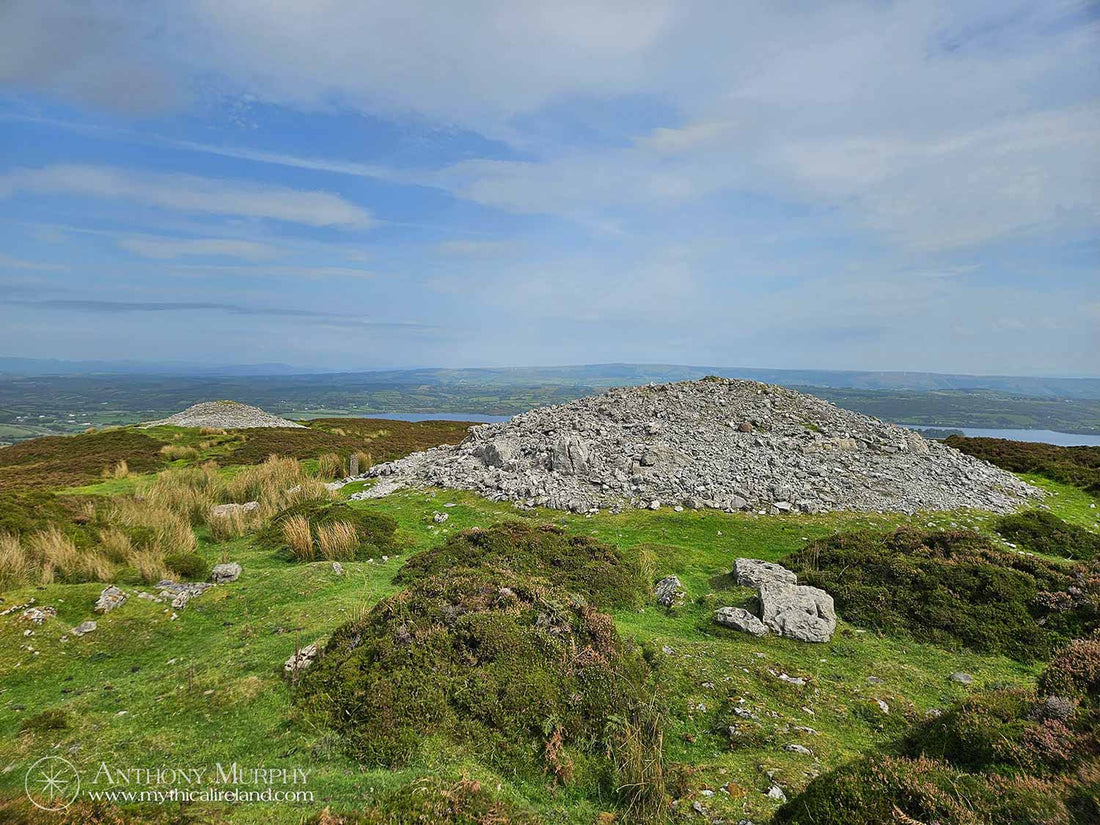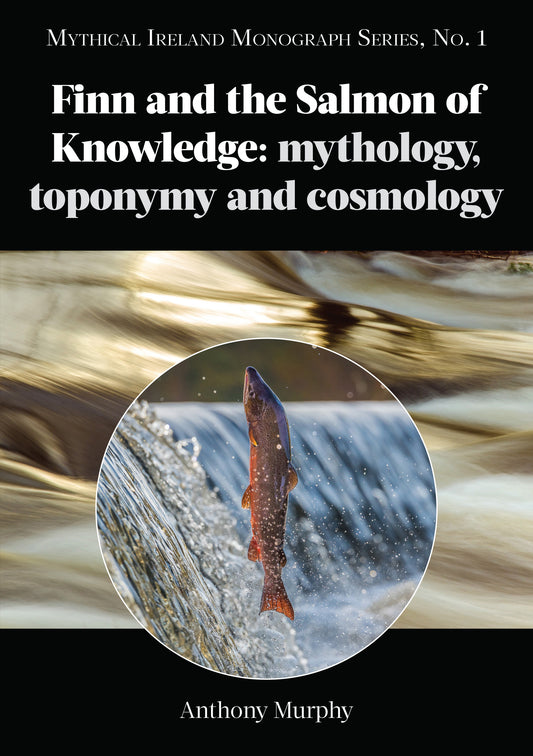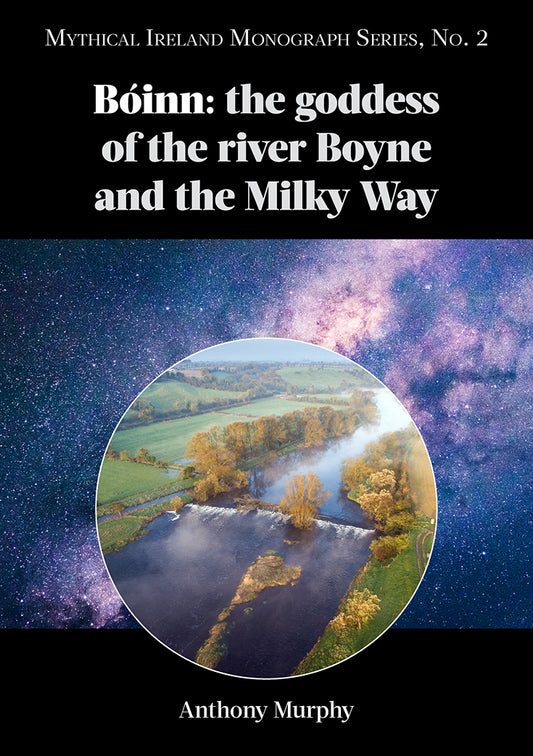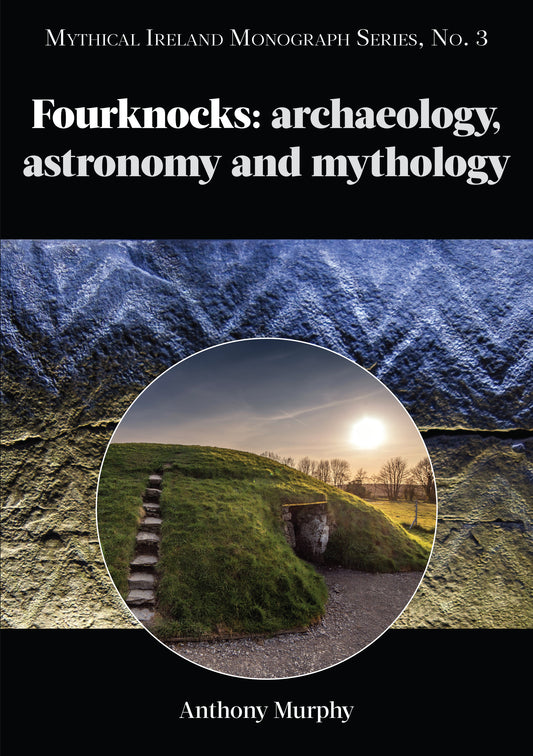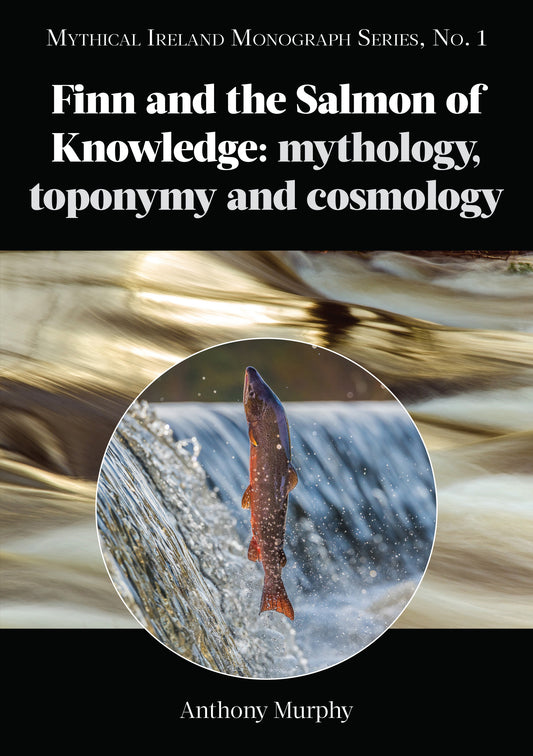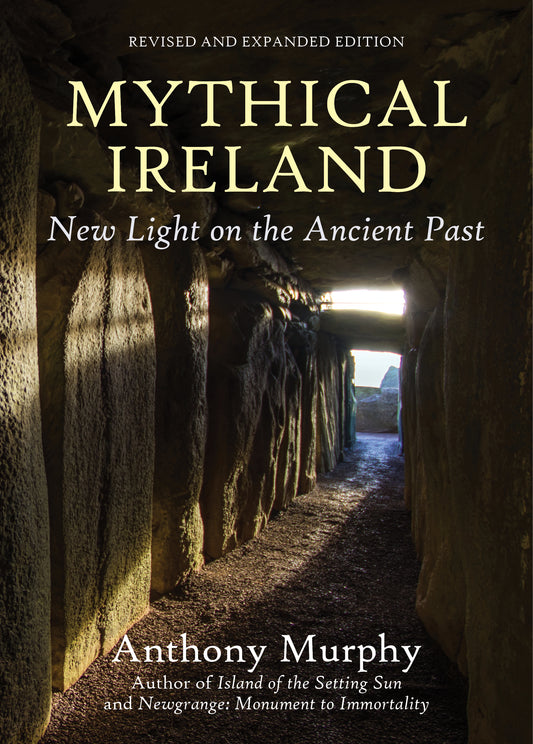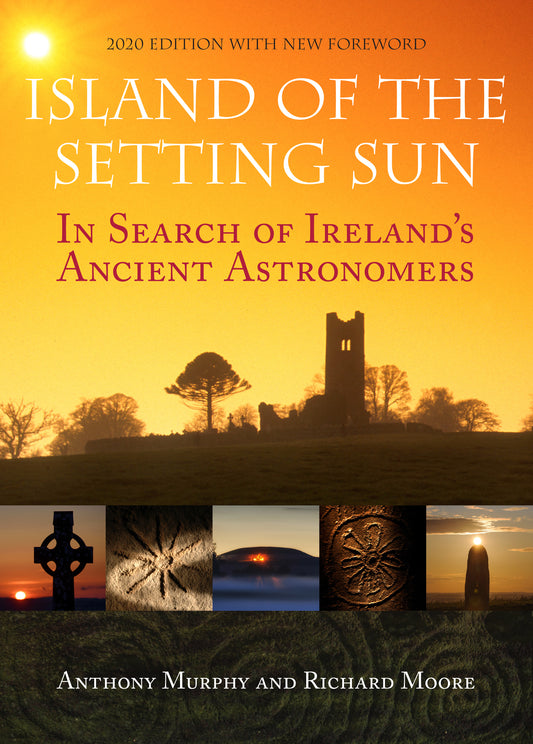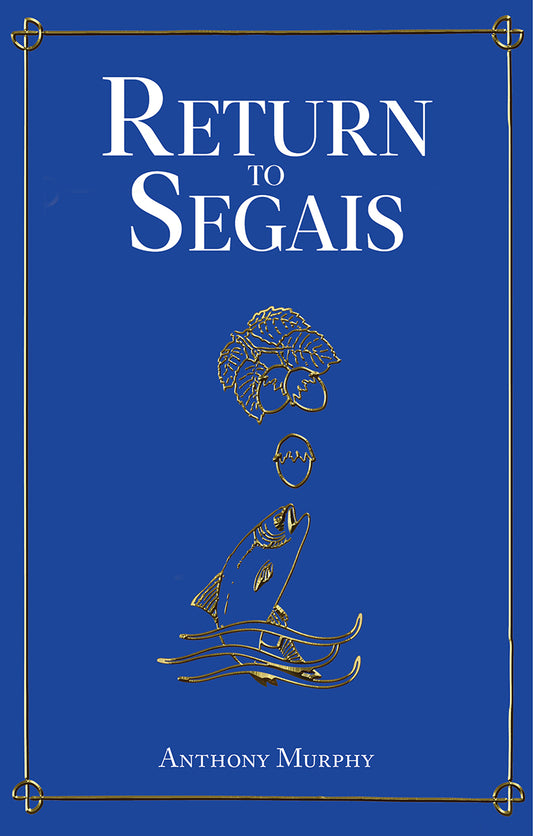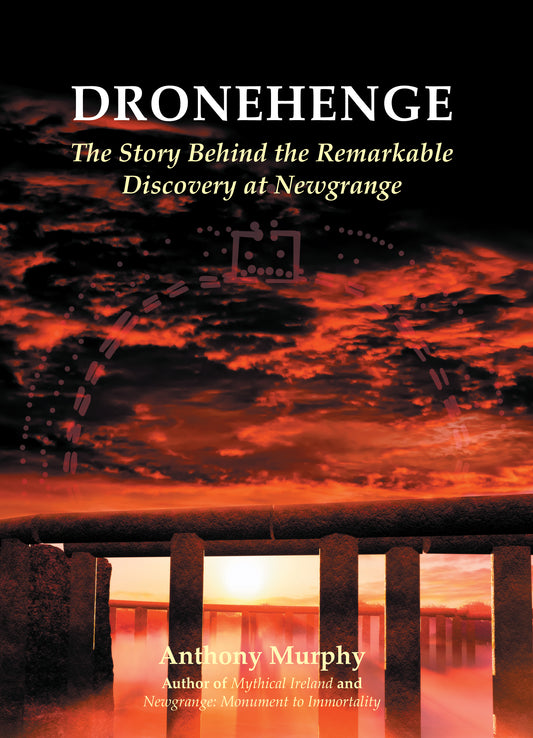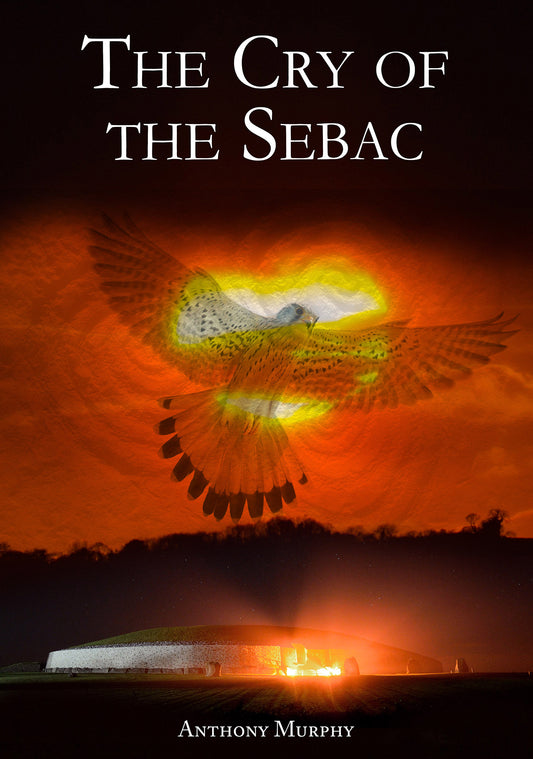I guided an Australian family around the prehistoric landscape of Sligo in September 2023 on what was one of my best days ever as a tour guide. This was helped enormously by the fact that the weather was fantastic, with sunshine all day and temperatures reaching 24C. There is lots to unpack, and I suspect the day will have a lasting impression in my memories and will provide much inspiration for written work down the line.
We visited Carrowkeel, then Carrowmore and finally Knocknarea/Miosgán Meadhbha (Queen Medb’s Cairn).
A journey through time
It was a repeat of an earlier photographic visit to Sligo, when I undertook what I later called a ‘Megalithic Odyssey’, except this time the weather was scorching. That time, it was clouded in at Carrowkeel so I couldn’t see the landscape.
Our meeting point was at McDermott’s at Bellanagarrigeeny in Co. Sligo, which is very close to Castlebaldwin and less than 10 minutes’ drive to the Carrowkeel cairns.
The tour participants were delighted at Carrowkeel to be able to enter the interior of Cairn G and Cairn K. They seemed to be people who were quite spiritual, and were very interested in archaeology and history as well as mythology and the landscape.

The author at the entrance of the passage of Cairn K, Carrowkeel.
I am going to do my best to recall as much as possible of what I learned that day, especially all that was ‘new’ to me.
The Cailleach and Sligo
One thing I did not realise was the connection between Sligo and Loughcrew in terms of the Cailleach. Sally Siggins, the recently appointed Head Guide at Carrowmore, said there was a similar story there about the Cailleach dropping stones from her apron which landed and created the tombs at Carrowmore. She did mention the Schools Folklore, so I think I will check there. (There is, I think, enough material on the Cailleach, the Garavogue and Brigid for another article, which I hope to work on in future).
The Carrowmore complex of Neolithic tombs was where we learned the most, since we had a local guide and a very good one at that. Sally, a graduate of IT Sligo (now ATU), lives just 12 miles north of Carrowmore, and has clearly been reading a lot of academic papers and books and keeping up to date with the latest information.
And she is passionate about what she does. She clearly loves it. It helps too that she has a sense of humour.
There was an antiquarian called Roger Walker who investigated some of the tombs of Carrowmore in the first part of the 19th century. In his time, there were believed to be as many as 59 tombs, but the number that is extant today is in the early thirties. (George Petrie was the first to map Carrowmore in the 1830’s for the Ordance Survey and at that time there was over 50 tombs recorded, today remains of 30 can be seen in various states of preservation). Walker had plans to ‘'excavate’ Queen Medb's cairn using the tried and trusted treasure-hunter’s method – dynamite. Thankfully, he never got that opportunity as he died before he could explore/blow up the cairn on Knocknarea hill!
While our itinerary brought us from south to north – we visited Carrowkeel first, then Carrowmore and finally Knocknarea – I will probably jump around from one to another and back again in this article.
Limestone and gneiss
The Carrowkeel cairns, situated on the Bricklieve Mountains, are constructed of local limestone. This distinguishes the cairns there from the likes of Newgrange (Síd in Broga) in the Boyne Valley, where much of the stone was brought from a distance. While megalithic art proliferates at the Brú na Bóinne and Loughcrew complexes, there is very little of it on the Sligo monuments. It might be interesting to mention here that a lot of the stone making up the cairn material at Fourknocks, which is in Meath close to Brú na Bóinne (14.7km, 9.1 miles), is locally sourced limestone, with chert nodules running through it.
At Carrowmore, the monuments are made mostly of gneiss, a metamorphic rock, and yet Carrowmore is situated on a limestone landscape. The gneiss was transported to Carrowmore in the Ice Age by a glacier, and there is a lateral moraine at the site of the complex marking the place where at one phase it came to a halt. The ice dropped its load, including the gneiss, and then melted or retreated back from where it had come – to what is now Northern Ireland.
We cannot say to what extent the Neolithic monument builders of Sligo knew about the effects of glaciation, but thousands of years later they picked up those gneiss rocks and made tombs with them (or maybe it was the Cailleach? 😊). We can only assume that they could see there were different types of stone, and that the ‘local’ bedrock was a greyish colour.

Listoghil's very dolmen-like central chamber. There is megalithic art on the front of the cap stone.
Tomb 51 is the largest tomb at Carrowmore and was excavated by Goran Burenhult (Swedish Archaeologist) in the 1990s. The chamber of the tomb was visible pre-excavation and stands in the same position today. The capstone is made from limestone, likely quarried by the Neolithic farmers nearby; some even say it came from the “fairy glen” at the base of Knocknarea mountain. The limestone slab seems to have been chosen specifically to capture rising sun around the time of Samhain and Imbolc.
Dolmen-circles and hexagons
The tombs at Carrowmore are built on earthen platforms created by the Neolithic people. These are known as tertres. In the case of Listoghil, its platform is around two metres deep and over 35m in diameter. They are monuments that are classified as passage-tombs, but they differ from the typical passage-tomb like examples found at Loughcrew and Brú na Bóinne and even Carrowkeel because they are more like dolmens within circles and were never covered by a cairn of loose stones like at the other complexes. The tombs at Carrowmore do not have a ‘passage’ as such, although they do have chambers, which contained the cremated remains (Tomb 51 was the only tomb with inhumated (not burnt) bone. It also contained some cremated bone but not in large quantity. Only cremated bone has been found in the other tombs excavated at Carrowmore) in addition to the grave goods that would be found in passage-tombs (e.g. stone balls, stone beads, lithics, bone pins and quartz).
Perhaps the monuments of Carrowmore deserve a new classification or label that better fits their appearance, and more aptly reflects their divergence from the typical passage-tomb design? Dolmen-circles might be appropriate, but I’m sure there are archaeologists who could think up a more fitting label for them. In any case, all of the above is just my opinion, and I am not nearly as familiar with Carrowmore as with the monuments of Brú na Bóinne and Loughcrew.

Queen Medb's Cairn on the summit of Knocknarea.
Queen Medb’s Cairn on the summit of Knocknarea is made of limestone, and very local limestone at that. Sally told us that the stone from which the cairn is composed was quarried nearby (you can see the quarry on Google Earth), and that a large hollow or depression in the flattish hilltop less than 200 metres from the cairn is the place from which the stone was quarried.
Quarrying stone
Wait a minute! How do you ‘quarry’ stone in the Neolithic, without metal tools? Well, you use harder stone, of course, and antlers to prise out or break off pieces of stone from the layered bedrock. Simple, eh?
Carrowmore is a lowland site, not far above sea level (you get a glimpse of the Atlantic in Ballisodare Bay less than four kilometres away) and therefore unlike many Irish passage-tombs and passage-tomb clusters which are built on ridges, hills, upland areas and mountain tops.
Encompassing vista
There is something about the view from Carrowmore, and in particular from the largest of its tombs (Listoghil) that suggests it doesn’t need to be on a height. Standing on the moraine just metres away from the great tomb, you have the most beautiful and encompassing vista, and it seems like the entire horizon is filled with mountains, from south to west to north to east.
To the north is the unmistakable form of Benbulben, Sligo’s most famous mountain. Towards the northeast is Truskmore, the highest peak in the county. To the east is Cairns Hill, which is appropriately named because there is a large prehistoric cairn on each of its twin summits, both about 50 metres in diameter, but unopened.
Turn towards the south and the Ballygawley Mountains dominate the view, their four peaks each containing a cairn. They are situated on the eastern extremity of the Ox Mountains and the peaks are named Sliabh Dargan, Sliabh Dá Éan, Aghamore and Cailleach a Vera's House.
In the distance, to the south, the distinctive rift valley separating the limestone hills of the Bricklieve Mountains – upon which the Carrowkeel cairns are situated – is visible, although Sally said that on many days Carrowkeel cannot be seen due to rain, haze or fog.
Knocknashee
The Ox Mountains stretch off into the west, and visible beyond a dip between two of its peaks is the famous hill of Knocknashee. To the west-northwest, Knocknarea dominates the view, with the giant Queen Medb’s Cairn on its summit.
There are 101 kerb stones surrounding Listoghil. The cairn around the dolmen-like tomb in the interior has a neat appearance, and in the interior the stones are held in place by gabion baskets, giving the whole thing an unfortunately modern and contrived look. Much of that cairn was not there in the late 1990s when excavations were taking place at Listoghil. In the 1830s, the loose cairn stones had been robbed from the cairn and field walls built with them. These field walls were dismantled and the stones returned to the cairn during its post-excavation reconstruction by the Office of Public Works (OPW).
The central ‘chamber’ of Listoghil is a dolmen-like structure and is unusual in that the people who were buried there were not cremated, as was the practice in the other satellite monuments around it. The inhumated bone found in tomb 51 had been dismembered. There was no evidence of defleshing found on these bones but it has been noted on many bones from nearby Carrowkeel. Sally suggests that skilled butchers would not leave any trace.
A jumble of bones
There were at least five adults and two children interred in Listoghil, and excavations revealed quite a jumble of bones. One of the adults was aged around 55, which is quite old for the Irish Neolithic, in which life expectancy was much shorter, around 35 years.
The very substantial capping stone of the Listoghil chamber, weighing around 10 tonnes, was quarried from the Fairies Glen at the foot of Knocknarea some three kilometres to the west. It is made of limestone.
The site of its quarrying is close to another Neolithic monument, the tomb at Primrose Grange, halfway up the hill of Knocknarea. The science of genetics has revealed much about the people of prehistoric Ireland.
Strontium and nitrogen isotopes
Other scientific analysis provides enthralling insights. Strontium isotopes can reveal the source of the water from which people drank, and analysis of teeth from the Sligo remains shows that the people of Carrowmore and Carrowkeel were local to those areas. Nitrogen isotopes can reveal whether people ate from the land or the sea, and despite its close proximity to the ocean, the people of Neolithic Carrowmore ate EXCLUSIVELY from the land. (This observation is derived from a limited sample base, and these were probably higher-class people). They were farmers.
Sally also told us something quite fascinating in relation to a time in the more recent past when the fields at Carrowmore were used to grow potatoes. Local people eating the potatoes from Carrowmore could tell when they had been harvested from close to a tomb. Apparently the increased amount of calcium from human bones in the soil around the tombs causes potatoes to lose that fluffy, floury quality for which Sligo potatoes are apparently well renowned. It would be enough to turn you off your spuds!
When we eventually finished our fantastic tour of Carrowmore, we headed for the car park on Knocknarea and the climb up to Queen Medb’s Cairn. On a hot, sunny day the climb is slow but the reward is a stunning vista from the flat summit of the hill. We could see the north coast of County Mayo stretching out westwards into the distance, and to the north and northwest, Slieve League and the distant hills and mountains of Donegal.
Setting sun
Each time I have been to Sligo, I have enjoyed the magic and mystique of that wonderful landscape. And, when the sun starts to get low and I know there is a three-hour drive to get home, I reluctantly depart, not wanting to leave the place so soon. But I do so in the hope that my next visit will be soon, because Sligo enchants in a way that is indescribable.
(NOTE: Carrowmore is open seasonally from March to November - check out the Heritage Ireland website for more details.)

This article was first published for Mythical Ireland Patrons over on www.patreon.com/mythicalireland. If you like what you read/see on Mythical Ireland, please consider becoming a patron and supporting my work. You can pledge as little as €5/month, but there are different reward levels.

